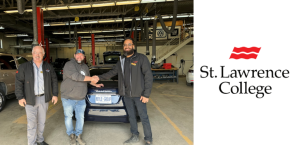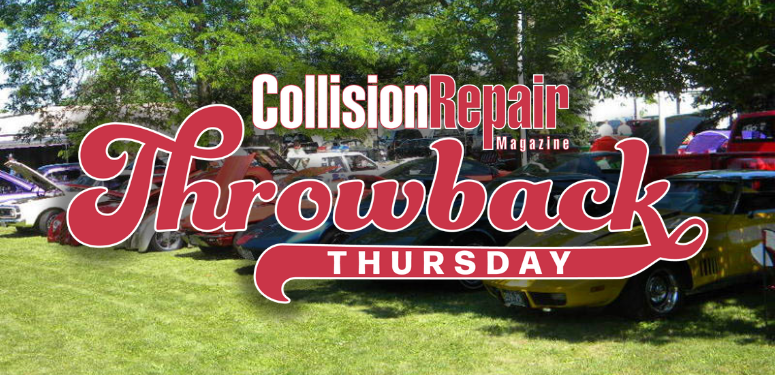By Gideon Scanlon
Toronto, Ontario — In late 2017, when I started covering the collision industry, I set myself a challenge—to figure out what it was that made some people in this sector so wildly successful. As I prepare to move on from Collision Repair, it seemed high-time to share my findings with readers.
Make of them what you will.
In my hundreds of conversations with some of the most successful collision business owners, it became clear that, if there was a common thread, it was not an obvious one. Unlike the tell-tale stances of great thespians or the feigned befuddlement of top academics, nothing appears to mark this group out from their less-successful peers (save, perhaps, their watches).
As far as their personalities go, some have been laconic and even-handed, others seem eccentric and obsessed with the most arcane aspects of the business. Most, of course, seemed downright normal. Taken as a whole, they display all the traits one might expect to find in a group of their size.
As far as the business strategies they favour go, there are commonalities, but no ‘secret formula’ all seemed to share.
It is true, today, Canada’s most profitable facilities now seem to have a few things in common.
Compared to the average facility, these mega-facilities all seem to invest more time and resources into the estimation process. They also spend more on training than the average facility, and ensure that all members of the workforce pursue it. This instinct may explain why OEMs are so much more likely to certify highly profitable facilities than average performers.
Most offer generous results-based bonuses to their workforces—with total average wages running about 40 percent higher than the industry average.
Most are able to sustain regional dominance by being located either in mid-sized cities, where they have driven the competition out of business, or by building up along the edge of metropolitan commuter belts—close enough to the city to absorb its business, but far enough away to keep property costs down.
It isn’t that these particular strategies are a magic bullet though. Plenty of businesses have attempted to pursue some (or all) of these practices, and struggled to recoup the incredible costs the strategies require.
In looking at back issues from Collision Repair’s earliest days, it is clear that the top facility owners of the time were all pursuing similar strategies. In the mid-2000s, striving for customer service excellence and a willingness to do whatever was required to be accepted into a DRP network appear to have been the winning strategy. Readers will note that these pursuits are today accepted as basic requirements for staying in business, not building a great fortune.
More importantly, most of the facilities now graded as among Canada’s most successful would have made the list ten or fifteen years ago—long before anyone had heard of OEM certification programs.
So what are these top performers doing that is so special? As nearly as I can tell, they are inveterate toe-dippers. They remain heavily involved in conversations about industry best practices and commit a significant—but not crippling—amount of their resources into pursuing whatever new ideas about how to stay ahead seem to hold potential. Those that bring increased profits are given more resources, while those that do not bear fruit are pruned away without regret.
Of course, for most collision repair facilities, imitating the approaches that these top-tier facilities are doubling-down on is enough to remain healthy and profitable—in fact, doing that on a large, multi-operational scale may be its own path to outrageous fortune.
But, while there may be no tell-tale trait exclusive to the most successful collision business owners, there is one that is shared by almost everyone driven to make their way in this most competitive and bewildering of businesses—a shared feeling that enough is never enough.




































